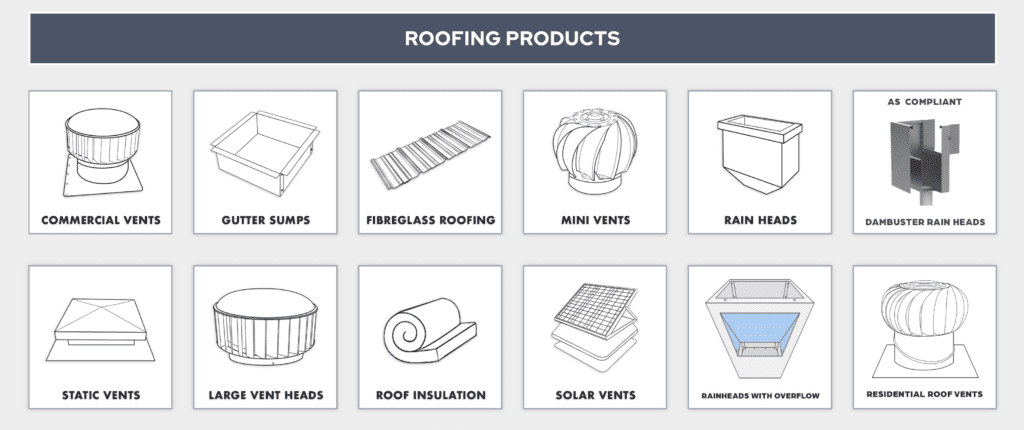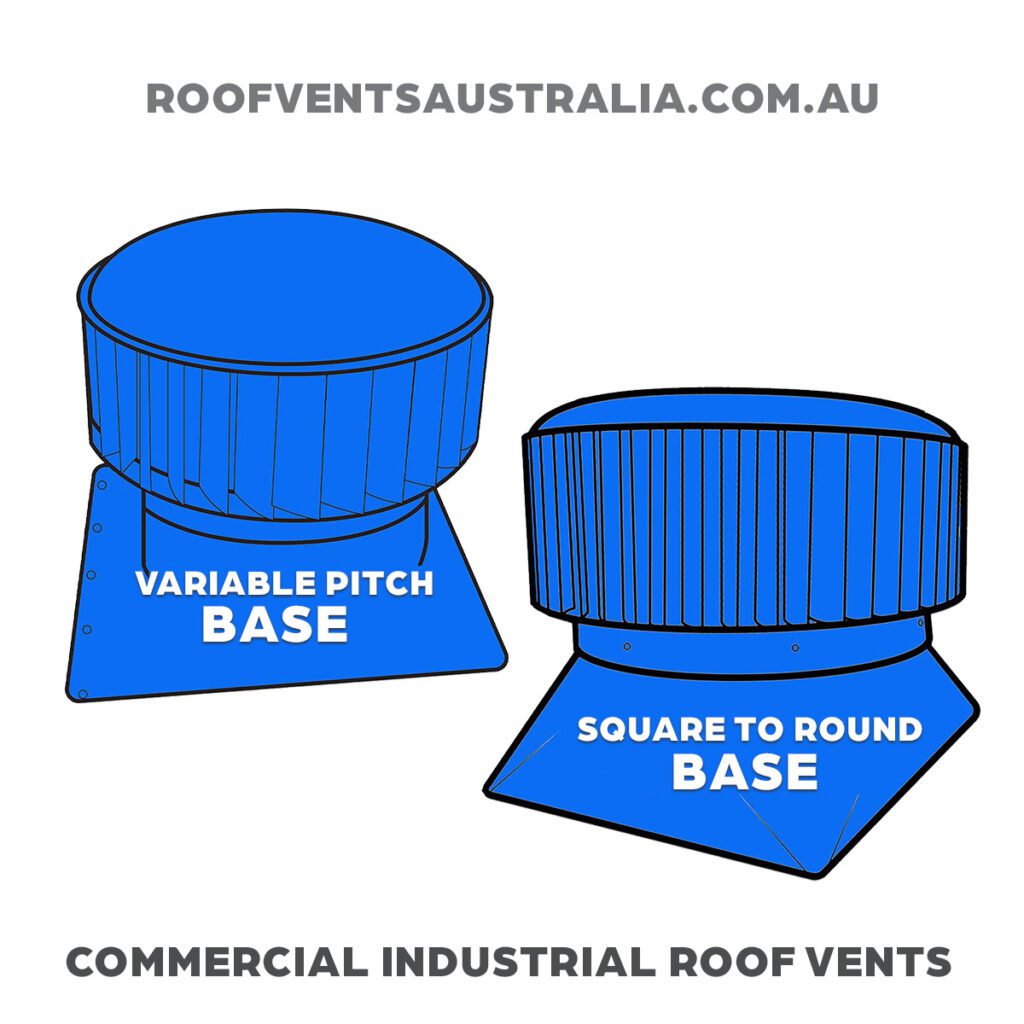How much space does a commercial wind turbine need? Sydney New South Wales
Industrial Commercial Turbine Roof Vents Sydney, Melbourne, Brisbane >
Industrial Commercial Turbine Roof Vents Australia Wide >
How Many Turbine Roof Vents Do I Need? Sydney, New South Wales
Determining the number of turbine roof vents required for your home in Sydney depends on several factors, including the size of your roof, the slope, and the overall ventilation needs. A common guideline is to have one turbine vent for every 50-70 square metres of attic space. For instance, if your attic is 200 square metres, you would need approximately three to four turbine vents to ensure adequate ventilation.
Why Is My Roof Turbine Making Noise? Melbourne, Victoria
A noisy roof turbine in Melbourne could be due to several reasons. The most common causes include:
- Loose Components: Parts of the turbine may have become loose over time, causing rattling.
- Worn Bearings: The bearings inside the turbine may wear out, leading to a squeaking or grinding noise.
- Debris: Leaves, twigs, or other debris could have gotten stuck in the turbine, causing noise when it spins.
How Much Does It Cost to Install a Roof Turbine Vent? Hobart, Tasmania
The cost of installing a roof turbine vent in Hobart can vary based on several factors, such as the type of vent, the complexity of the installation, and the contractor’s fees. On average, the cost ranges from AUD 250 to AUD 600 per vent. This includes the price of the vent itself, which can range from AUD 100 to AUD 250, and the labour costs.
What Are the Cons of Turbine Vents? Adelaide, South Australia
While turbine vents are effective for ventilation, they do have some drawbacks:
- Noise: As mentioned, they can become noisy over time.
- Maintenance: They require regular maintenance to ensure they remain effective.
- Weather Dependency: Their effectiveness depends on the wind; they may not perform well on calm days.
- Potential for Leaks: If not installed correctly, they can be prone to leaks.
What Is the 1:300 Rule? Perth, Western Australia
The 1:300 rule is a guideline for attic ventilation, stating that there should be 1 square metre of ventilation for every 300 square metres of attic space. This rule helps ensure adequate airflow, reducing the risk of moisture buildup and improving energy efficiency.
Does Water Get Into a Whirlybird? Brisbane, Queensland
A properly installed and maintained whirlybird should not allow water to enter. Whirlybirds are designed with overlapping fins that prevent rainwater from getting inside. However, if the whirlybird is damaged or not installed correctly, there could be a risk of water ingress.
How Much Space Does a Commercial Wind Turbine Need? Sydney, New South Wales
Commercial wind turbines require significant space to operate efficiently. Generally, you need a clear area with a radius of at least 150 metres around the turbine to avoid turbulence and ensure safety. The exact space requirement can vary based on the turbine’s size and local regulations.
Which Is Better: Turbine Vent or Ridge Vent? Melbourne, Victoria
The choice between turbine vents and ridge vents depends on your specific needs:
- Turbine Vents: Effective in areas with consistent wind, providing good ventilation. However, they can be noisy and require maintenance.
- Ridge Vents: Offer continuous ventilation along the roof ridge, are quieter, and require less maintenance. They are generally more aesthetically pleasing.
Why Does My Turbine Roof Vent Leak During Heavy Rain? Hobart, Tasmania
Leaking during heavy rain could be due to several reasons:
- Improper Installation: If the vent isn’t sealed correctly, water can seep in.
- Damage: The vent may be damaged or have cracks.
- Clogged Vent: Debris blocking the vent can cause water to back up and enter the roof.
How Many Vents Should a 1200 Sq Ft House Have? Adelaide, South Australia
For a 1200 square foot house, you typically need about four to six roof vents, depending on the type of vent and the ventilation requirements. Following the 1:300 rule, you would need around 4 square feet of ventilation, which can be distributed across multiple vents.


